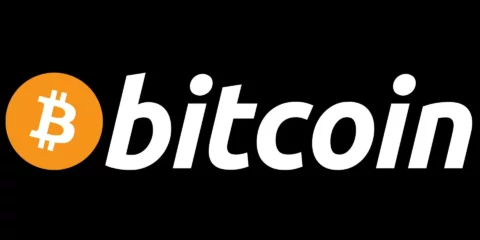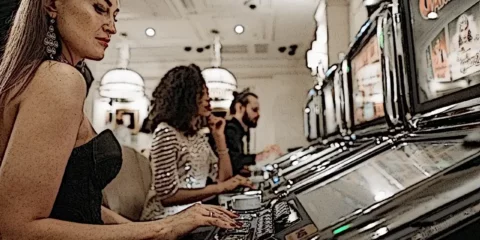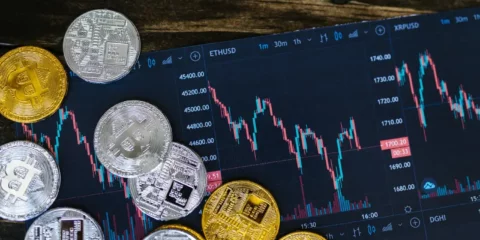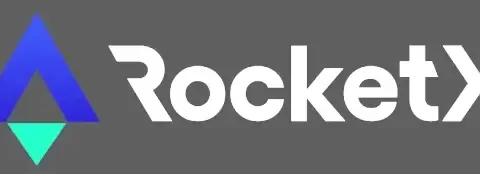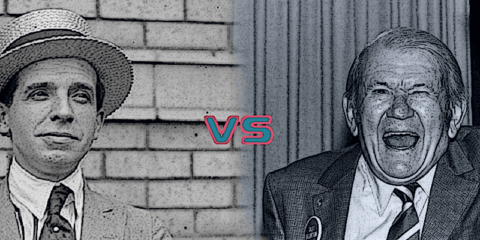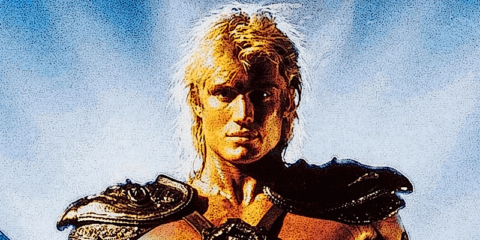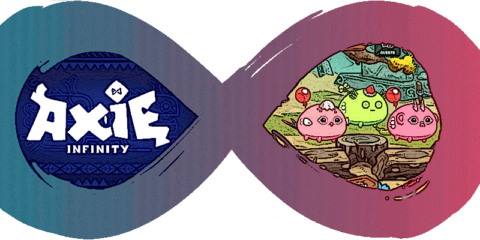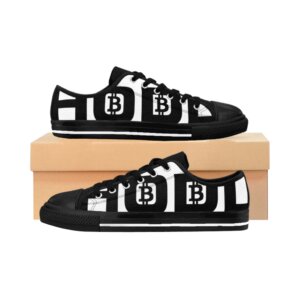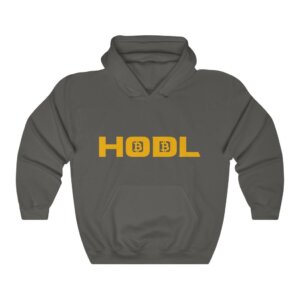
![]()
What Are They?
An NFT is not simply another altcoin. They are pieces of digital media content, furthermore they are unique digital certificates of authenticity of the original media. It is a digital way for creators to provide provenance to content as well as real world goods.
Who Makes A Non Fungible Token?
There are two main parts to creating a token. One the one hand you have the creator of the digital media being tokenised, on the other hand you have the minting of the tokens. This can be the same party or can be different parties. We would suggest that who ever does the marketing and how good they are, ultimately decides how well a token is accepted in the market. Like any other medium there needs to be a story. More importantly the way the story is told will make or break a project.
NFT Buyers, Who Are They?
Grimes sold a bunch of NFTs for nearly $6 million. An VideoNFT of LeBron James making a historic dunk raised more than $200,000. The band Kings of Leon is releasing its new album in the form of an NFT. Twitter CEO Jack Dorsey listed his first-ever tweet as an NFT.
Right now most buyers are investors hoping to re-sell their assets at a later date, but amongst them are real collectors. When metaverse projects reach maturity, and as a consequence give more utility to non-fungible tokens, the OG NFTs could be worth fortunes.
Is It Worth It?
If you are an artist and you would like to expand your audience, attaching an NFT to your art could be a fun novelty way to engage. The token itself, however, will not magically grow your audience. Tokens that provide utility or additional user experiences are more likely to gain value long term. They do however require a complete metaverse in order to take advantage of their properties.
The other option is to create a unique experience. The Bored Ape yacht club is one such example.
The Case For And Against NFT
One of the cases proponents of NFTs make is that it as a DeFi component linking to it. We best explain this with an example. Suppose you have an artist selling digital artwork. The original buyer may sell the artwork again at a later date. The original artist can mint the NFT with a built in function on the smart contract to pay him royalties on any future sale.
